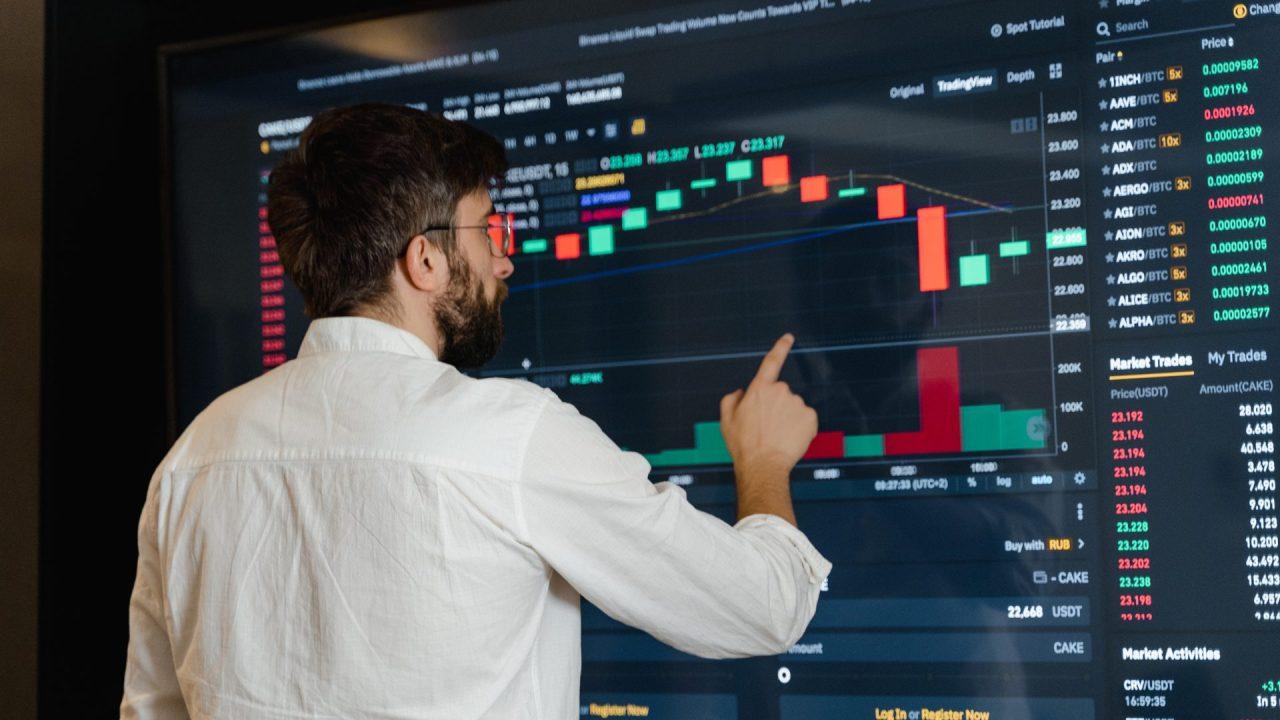Normally, crypto market structures are repeated levels that traders identify with the price action. In other cases, psychology is the target in determining price movements.
Inner Circles Trading and Smart Money Concepts are advanced approaches to those situations, establishing a system of trading perceptions to understand and conclude technical analyses.

ICT vs. SMC—Which Will Make You Richer?
ICT and SMC are essentially frameworks to identify profitable trading opportunities systematically based on previous patterns in the market that tend to repeat over time, revealing the psychology behind them.
Deciding between one of them will require the evaluation of its concepts and the trading goals of the traders. Maybe for short-term traders, ICT might suit them better, while for long-term, SMC would be a better option.
In any case, understanding the market dynamics is crucial for success in trading securities and crypto assets, and these two systems feed the expectations of a broader analysis possibility.
Key Differences
ICT:
- Structured conceptualization of the market structure.
- Define concepts like Order Blocks and Swing High/Swing Lows to give sense to the price chart analysis.
- Provides a framework based on key terminologies.
SMC:
- Learning curve suitable for beginner traders.
- Offers a traditional technical analysis standpoint.
- Leans on price action, market behavior history, and volume data.
Check out more about ICT and SMC differences here!
Key ICT concepts
Institutional trading and market psychology set the basis for ICT, emphasizing performance to identify high-probability trading zones according to:
- Order Blocks: These are zones where major trading orders have been placed, like institutional orders, forming a clustered area of buying or selling pressure.
- Fair Value Gaps (FVGs): These are zones where the price has not returned after a strong price movement caused by an imbalance, highly associated with order blocks, and it is expected that the price eventually returns to fill the gap.
- Market Structure: The historical formations of price movements presented in the chart that repeat over time, highlighting key support and resistance zones, swing highs and lows, and trends. It is the showcasing of market conditions like uptrend, downtrend, and ranges.
- Liquidity: It refers to the money flow present in the market and the capacity for this market to be bought and sold. The more liquid the market, the less influence the price movement.
Read More:
Key Smart Money concepts
Price action and volume data are the main focuses of SMC for the analysis of the price charts to identify market trends and trading opportunities.
Smart Money trading works under the conceptions of:
- Supply and Demand: The price areas where significant buying (demand) or selling (supply) activity has been present over the price history. Enough supply or demand clustered in a price area will affect the price path, acting as a key resistance or support level, respectively.
- Market Phases: The SMC analysis method leverages the Wyckoff Accumulation/Distribution theory to identify market phases like trends and consolidations, understanding that those phases represent a period where traders added to their positions or closed them instead.
Learn more about SMC trading strategy here!
Conclusion
The learning curve of SMC has a broader basis on traditional technical analysis with a focus on price action. ICT, on the other hand, focuses on the psychology behind the market structure. Both trading methods can be powerful in making crypto trades, choosing between one of them will depend on the trading style.
Tradersdna is a leading digital and social media platform for traders and investors. Tradersdna offers premiere resources for trading and investing education, digital resources for personal finance, market analysis and free trading guides. More about TradersDNA Features: What Does It Take to Become an Aggressive Trader? | Everything You Need to Know About White Label Trading Software | Advantages of Automated Forex Trading









